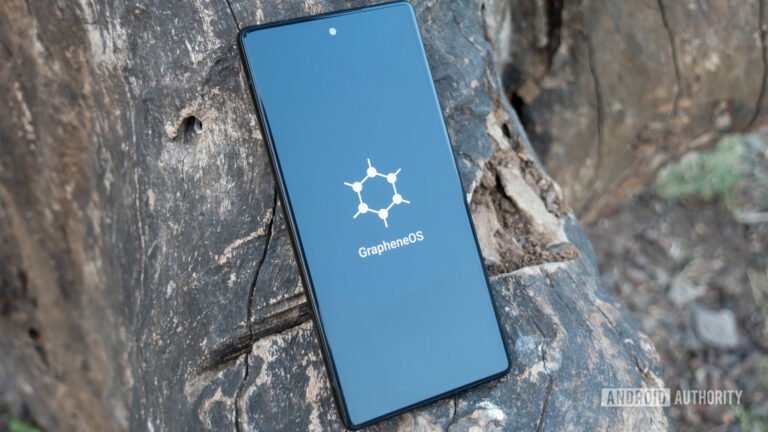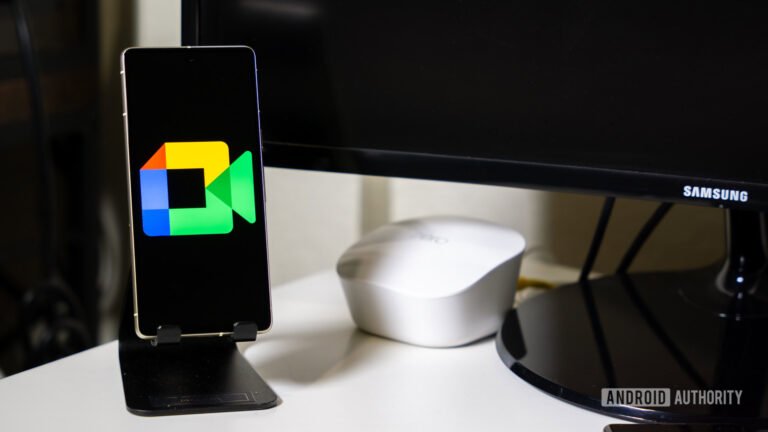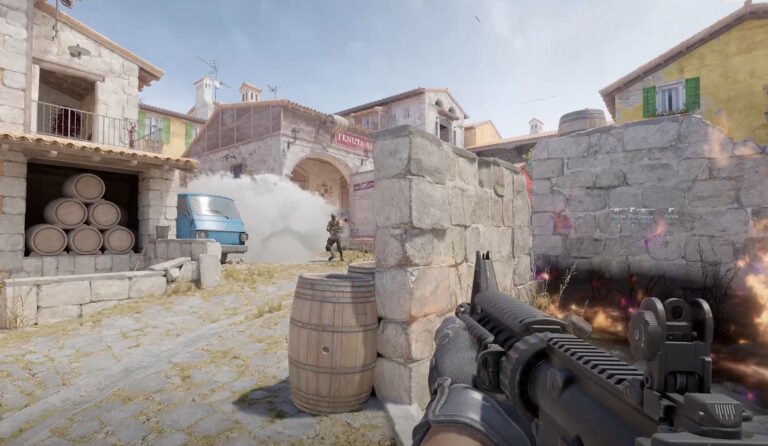

Why Teams Feel Busy—and How AI Starts to Fix It
If your days feel like a blur of pings, meetings, and half-finished notes, you’re not alone.
Ironically, work has never had more digital tools—and yet it rarely feels lighter. The problem isn’t effort. It’s direction. Too much energy goes into coordination, not creation.
That’s the quiet shift AI has begun to fix. The smartest tools no longer wait for instructions—they sense what you need next. They pull together messages, priorities, and context before you’ve even had your first coffee. Instead of another tab to check, AI is becoming that calm teammate who keeps things moving.
Platforms such as Skywork AI—described on its site as a multimodal workspace connecting documents, slides, and other formats—and workflow helpers like ChatGPT Pulse are part of that new rhythm. They help teams reclaim focus and finally turn effort into progress.
1. Start the Day Smarter: How AI Preps Your Morning and Saves Time
Every morning begins with noise—notifications, calendars, unread threads.
Before you even start creating, your brain’s already busy sorting. That’s where a little AI assistance makes a huge difference.
Instead of patching together updates, AI can deliver a clean “Morning Brief”: what meetings matter, which projects moved overnight, and what needs a reply.
Tools like Skywork AI, which handles multimodal content, or ChatGPT Pulse, known for its daily summaries, make that clarity automatic. You log in and things already make sense.
Teams using this style of setup often notice less scramble and more calm energy at the start of the day. It’s not about replacing judgment—it’s about clearing space for it.
Try this:
Ask your AI assistant to “pull together today’s key meetings and unread updates in one short note.”
That single step can win back more than an hour across a small team—before the coffee even cools.
2. Stop Searching, Start Knowing: AI That Centralizes Team Knowledge
Every team has that moment: “Where’s the latest version?” Silence follows, then three uploads of the same deck.
The issue isn’t missing information—it’s that everything lives everywhere.
That’s why many teams now rely on AI systems that can think across documents, not just look through them.
According to its site, Skywork AI aims to gather a team’s work—files, slides, and generated research—inside one workspace.
You can ask something like:
“Show me our last campaign summary and highlight what changed since last month.”
Instead of scrolling through drives, the system finds it, understands context, and gives a simple answer. That kind of quick clarity cuts down the small frictions that quietly drain hours.
Try this:
Drop your core project docs into one AI workspace, then ask: “What were our three main takeaways last time?”
You’ll be surprised how much perspective comes back in seconds.
Knowledge only matters when it’s easy to find—and that’s what these new tools quietly solve.

3. Boost Team Productivity in Real Time: Turn Discussions into Action
Every meeting ends the same way: big ideas, small follow-ups… and then a week of silence.
The problem isn’t communication; it’s continuity. Ideas move fast in the room but slow down once people leave it.
AI is starting to close that gap.
Some tools—like 5 ways to boost productivity with ChatGPT Pulse—show how AI can capture key points and decisions while you talk, keeping discussions productive instead of repetitive.
Skywork’s multimodal workspace goes a step further by letting teams export insights straight into shared slides or documents.
No one has to rewrite the same notes. Ideas move directly into action.
Try this next call:
Let AI take the notes. Ask it afterward to “list the top decisions and owners.”
You’ll leave with a plan instead of another recording you’ll never play.
When actions flow as easily as ideas, speed feels natural again.

4. Make Faster, Smarter Decisions with AI Insights
Modern teams drown in dashboards. Reports show what happened but rarely why.
That’s where AI earns its keep—as an insight partner, not just a sidekick.
In Skywork, for instance, users can upload reports or spreadsheets and receive concise, plain-language takeaways—almost like a personal analyst that never tires.
You spend less time arguing about data and more time deciding what to do next.
Try this before your next review:
Ask your workspace: “Summarize the three biggest changes since last week and what might explain them.”
You’ll walk into the meeting already knowing where to focus.
Better calls don’t come from more data. They come from clearer meaning—and that’s exactly what these AI insights offer.
5. Keep the Human Spark: Using AI Without Losing Creativity
Efficiency is addictive. Once every workflow runs smoothly, the danger is that work starts to feel mechanical.
That’s when creativity fades.
AI was never built to replace imagination—it’s there to stretch it.
Instead of asking your assistant to “finish” something, ask it to challenge your assumptions.
Skywork lets ideas move between text, slides, and even audio, so teams can test concepts in more than one medium.
ChatGPT Pulse can nudge your phrasing, tone, or structure until it lands better. The goal isn’t perfection—it’s discovery.
Try this in your next brainstorm:
Ask AI to play devil’s advocate: “What’s one idea we haven’t tried—and why might it work?”
You might end up somewhere far more interesting than expected.
True productivity isn’t just about speed. It’s about creating something worth the effort.
Case Study: How One Team Reclaimed 10 Hours a Week with AI
In one internal Skywork trial, a marketing team tested how much AI could trim their coordination time.
After a few weeks, they reported saving up to ten hours a week, mainly through automated briefs and meeting summaries.
At first, people double-checked every note. By the third week, meetings were shorter and updates clearer.
The win wasn’t only time—it was focus. The team finally had space for strategy instead of logistics.
“It’s not that AI does the work for us,” one member said. “It just makes it easier to get to the real work.”
The Next Chapter of Productivity: Human + AI Collaboration
The story of productivity has always been about leverage—from spreadsheets to search engines, and now to AI partners.
What’s changing isn’t the tools; it’s how people and systems work together.
AI isn’t a shortcut anymore. It’s the quiet layer connecting projects, people, and context.
Humans bring judgment and empathy; AI brings memory and precision.
The best results come when both sides meet in the middle.
So next time you plan a project, don’t ask “What can we automate?”
Ask:
“How can we use AI to make the work more meaningful?”
That’s the real revolution—less noise, more clarity, and a kind of productivity that actually feels human.
The post 5 Proven Ways AI Tools Help Teams Boost Productivity in 2025 appeared first on Android Headlines.


